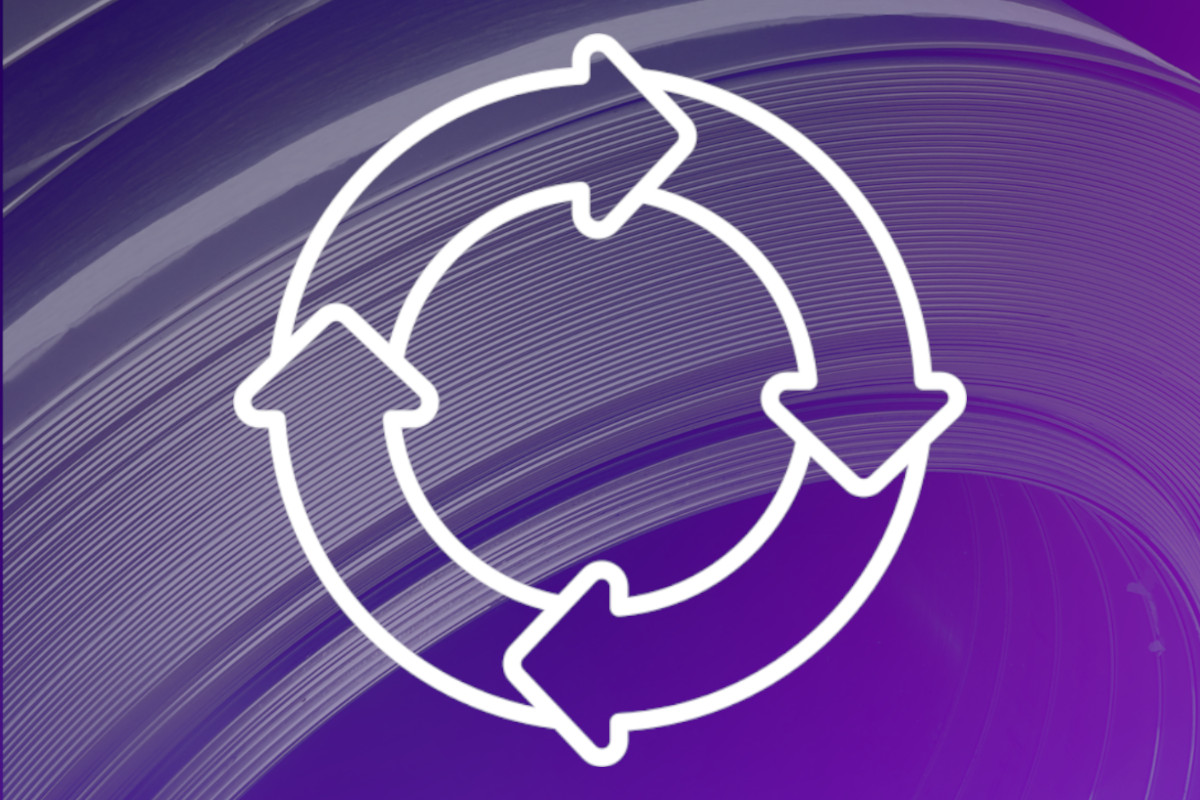06 June 2023
All news
First life cycle analysis of UV/EB curing shows benefits over other coil coating technologies
Beckers has conducted the first Life Cycle Assessments (LCAs) of three existing coil coating technologies to quantify the sustainability benefits of ultraviolet/electron beam (UV/EB) curing – including significant CO2e savings.
We have adapted the use of UV/EB curing technology for the coil coating industry and have been developing and testing suitable paint formulations since 2005 as the application technology itself has developed. Beckers first coil coating radiation curing system has been launched earlier in 2023 and our LCA study highlighted significant sustainability benefits for UV/EB coil coating compared with conventional techniques.
The European Coil Coating Association (ECCA) considers UV/EB curing technology to be the most significant gamechanger in terms of decarbonization of the coil coating industry¹.
Learn more about UV/EB curing technology and its sustainability benefits.

Significant LCA CO2e savings
LCAs were conducted for conventional solvent-borne and water-based coil coating techniques, as well as new UV/EB technology. The assessments covered a cradle to customer gate perspective – including the manufacture of the coating, its component raw materials and the customer’s coil coating process for each coating technique.
The LCAs excluded steel manufacturing, the end use of the coil coated product and its end of life as these life cycle phases are outside of Beckers’ sphere of influence. However, minimising the impact of coil coating formulations and their application is becoming increasingly important for our customers as they work to significantly decarbonise primary steel and aluminium production and respond to the challenges and requirements placed on them by legislation such as the EU Green Deal.The LCAs were made as comparable as possible by simulating the same coating system, thickness and coil coating line speed, all from cradle to coil coating customer’s gate.
“The LCAs highlighted that UV/EB coil coating significantly reduces CO2e emissions and enhances resource efficiency compared with conventional coil coating techniques,” explains James Maxted, Global Product Sustainability Director. “Sustainability-related savings are primarily realised from the cold-cure UV/EB process that does not require natural gas and can instead use electricity from renewable sources.
Accurate and credible LCAs
As this is the first time a comparable LCA study of three different coil coating application processes has been conducted, the quality of the data and credibility of the analyses were essential. Real-world industrial coil coating line data from ECCA and some Coil Coaters was used for standard coating technologies, and UV/EB data was sourced from our own development work and from a specialised UV/EB equipment manufacturer. All the data and the LCAs were scrutinised by independent third-party LCA experts.
“As LCAs are only as good as the data you put in it, we worked to obtain the most accurate and reliable primary data sources we could for the analyses,” says Maxted. “Our LCAs were also conducted according to ISO 14040 and ISO 14044, which stipulate that studies are critically reviewed by third parties. We contracted three external LCA experts to verify our assessments to ensure they were able to provide the best possible comparison of the different coil coating technologies.”
Results indicate game-changing potential
The LCAs show that UV/EB curing has the potential to revolutionise the coil coating industry by significantly reducing the environmental impact of the coating process.
“All customers are working to decarbonise their value chain and our LCAs highlight that UV/EB could be an important step on their journey towards decarbonisation,” claims Maxted. “UV/EB curing has other additional benefits, such as enabling customers to more than halve the length of their coil coating lines while reducing coating line complexity.”
The important insights provided by the LCA study are also improving the way we work with sustainability by further developing our tools. For example, after the LCAs, we saw the need to refine our sustainable product development tool – the Beckers Sustainability Index – to include customer processes. This will help us to develop more sustainable products that bring even greater value to our customers and the environment.
Contact our press office to get in touch with our LCA experts to find more about our findings from our coil coating LCAs, and how UV/EB curing can make your operations more sustainable.